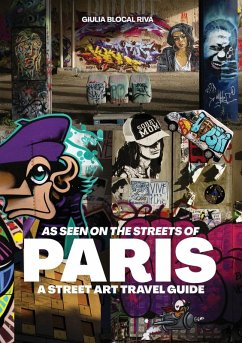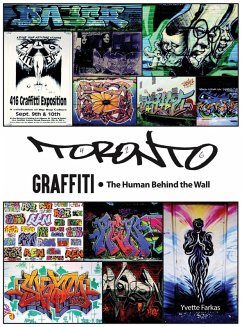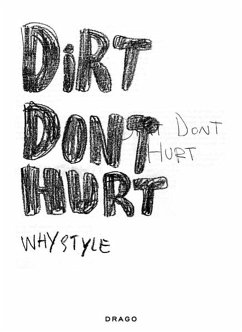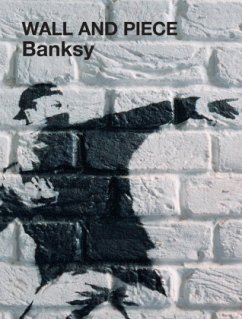
The G-Word
Virtuosity and Violation, Negotiating and Transforming Graffiti
Versandkostenfrei!
Versandfertig in über 4 Wochen
12,99 €
inkl. MwSt.

PAYBACK Punkte
6 °P sammeln!
Why does the CIA praise graffiti as a colourful symbol of the optimism and hope of the Western World while officials in many cities describe the same phenomenon as a criminal activity and a representation of unsafety and social problems? Graffiti is a word used to denote a complex system of actions and things, which is often described as a singular phenomenon. The G-Word visualises how different institutions, public and commercial interests have acted to influence and affect the understanding of graffiti as both art, crime and a broad socio-cultural phenomenon.












